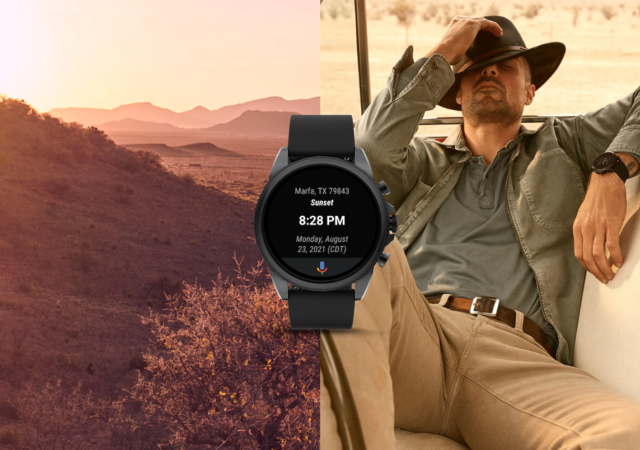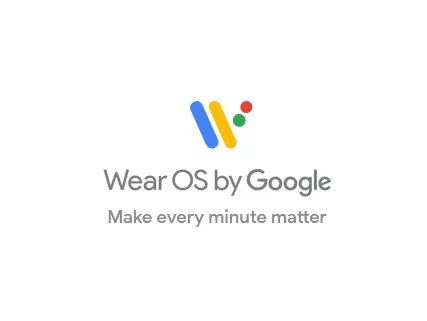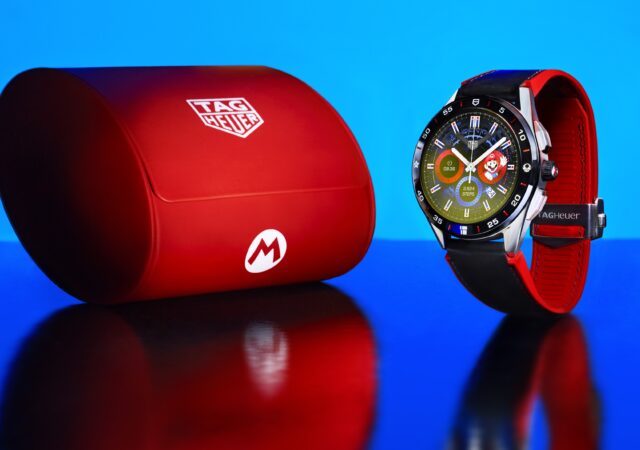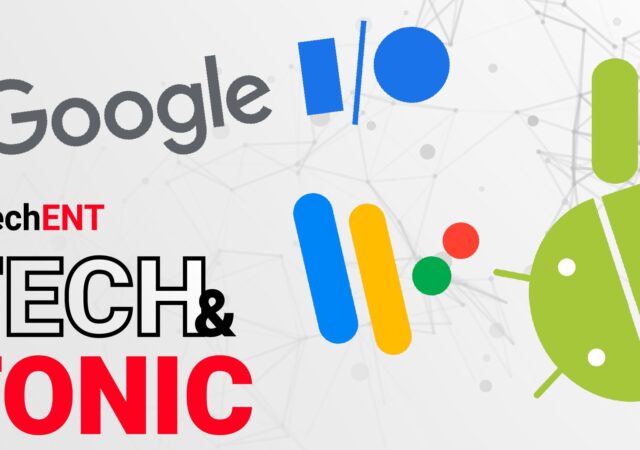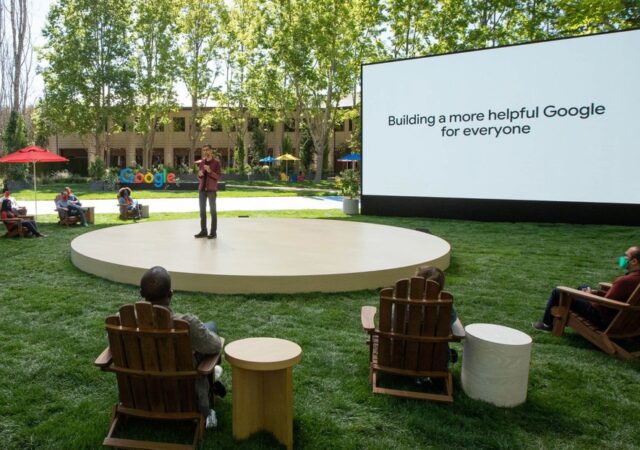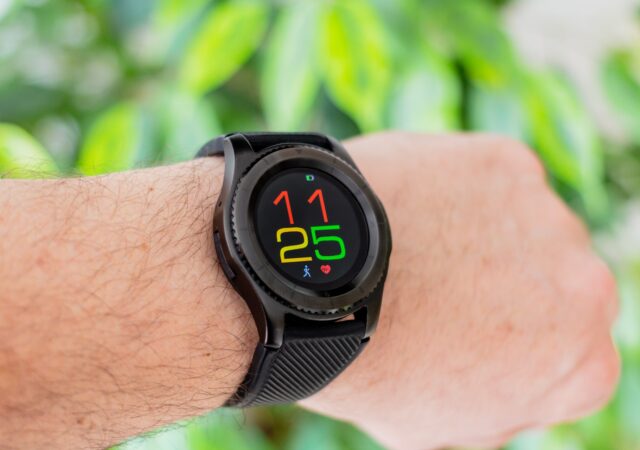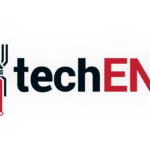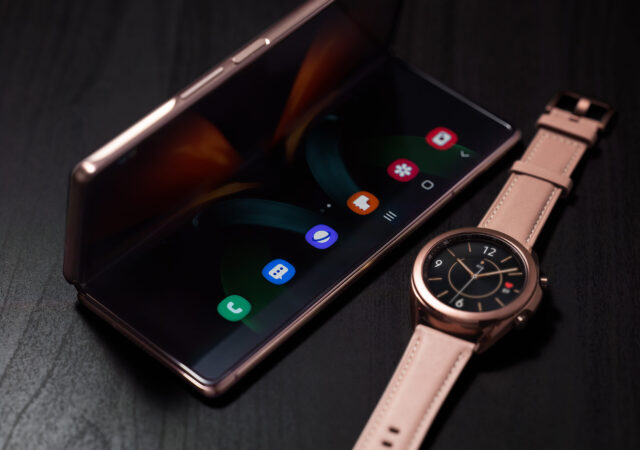Fossil Gen 5, Gen 5E and Gen 5 LTE smartwatches unexpectedly lose a good number of smartwatches after an update.
Google Just Revealed the Name of Their New Wearable Platform
Google revealed that the upcoming Wear OS will be called Wear OS 3. The first Wear OS 3 devices are expected to roll out soon.
TAG Heuer X Super Mario is a US$ 2,000 Smartwatch and We Are Not Sure About It
Tag Heuer teams up with Nintendo to come up with a Tag Heuer x Super Mario Connected smartwatch with Wear OS.
Tech & Tonic S02 Episode 13 – Our Google I/O 2021 Highlights!
In this episode of Tech & Tonic Podcast, we talk about Google I/O 2021 and what we think made the conference a great one.
Google I/O 2021: Everything You Need to Know
Google I/O 2021 proved to be the biggest one yet, not just in terms of numbers, but in terms of what they have announed for 2021 and beyond.
[Google I/O 2021] Google & Samsung Take Wear OS to the Next Level
Google and Samsung are partnering to bring one of the biggest updates to Wear OS that could change the fate of wearables.
Wear OS Gets New GBoard -Fresher, Faster, Better
Google’s GBoard app now comes to Wear OS. The new default keyboard is more streamlined, faster, and better than before.
Samsung Smartwatches Joining the Wear OS Family?
Samsung’s Smartwatches may be joining the Google Wear OS family with the new Galaxy Watch.



